Australia’s Housing Crisis: New Migration Data Revealed
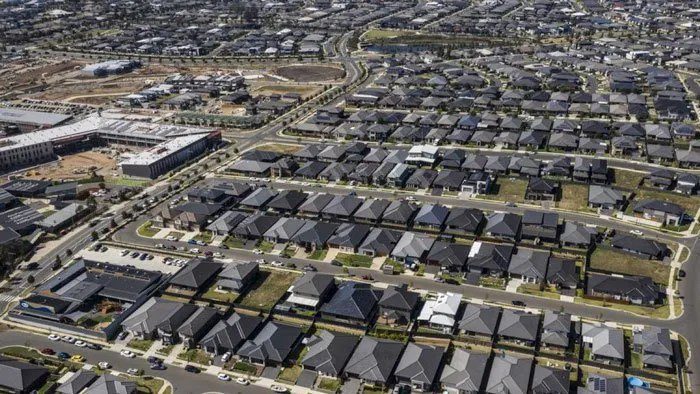
Australia’s Migration Intake Reaches Record Highs
Australia is seeing a remarkable uptick in migration, with intake levels now at double the rate observed before the pandemic. According to the latest data from the Australian Bureau of Statistics (ABS), 110,062 newcomers arrived in the country during the March quarter alone. This translates to approximately 1,223 new arrivals each day, suggesting an annual total nearing half a million.
Impact on Population Growth
The ABS figures indicate that migration accounts for around 75% of Australia’s population growth. While many view this influx positively, concerns are rising. Some critics argue that the surge in immigration worsens the housing crisis, which is contributing to skyrocketing property prices and a significant rental shortage. The strain on public services is also becoming more evident.
Economic Concerns Raised
The Institute of Public Affairs has expressed worry over the government’s decision to maintain such high migration rates. Daniel Wild, deputy executive director, states that this increase threatens the dream of home ownership for many Australians and places them at a financial disadvantage. He notes that even though migration numbers have dropped from previous high points, they remain above pre-pandemic levels and historical standards.
Wild describes these migration rates as the “new normal” under the Albanese Government, cautioning that Australia may struggle to cope with this level of sustained growth without facing serious housing, infrastructure, and service challenges.
Housing Market Strain
Housing experts share these concerns, noting that increased migration is primarily affecting rental markets, though the sales market is also impacted. Recent research from SQM shows that vacancy rates in major cities are alarmingly low, often less than 1%. This points to a critical shortage of available homes.
Additionally, initiatives like the National Housing Accord aim to build 1.2 million new homes by 2030. Yet, the Housing Industry Association (HIA) reports that Australia is currently lagging in meeting these targets, with only 168,050 new building projects initiated in 2024, far below what is needed to satisfy the growing demand.
Challenges Facing the Building Industry
The building industry is encountering various obstacles that slow down progress. Ms. Jocelyn Martin, HIA’s managing director, highlighted ongoing issues such as land supply restrictions, slow planning processes, and rising costs due to taxes and regulations. These challenges, compounded by increasing interest rates and material costs, make it difficult to deliver new housing.
For those considering their options for living and working in Australia, this scenario underscores the necessity of understanding the housing market and the challenges that may come with pursuing visa sponsorship or permanent residency (PR). If you are looking into options like the 482 visa (temporary skills shortage visa) or the 189 visa (skilled independent visa), being aware of these factors is essential as you plan your move.
Have your say!
Got a question or experience to share? Leave a comment below and join the conversation.
Thinking about moving to Australia?
Join our free and supportive community at Oz Visa Forum.
Post in our forums to get advice and support from people who’ve already made the move.
Not sure where to start? Click here to get started


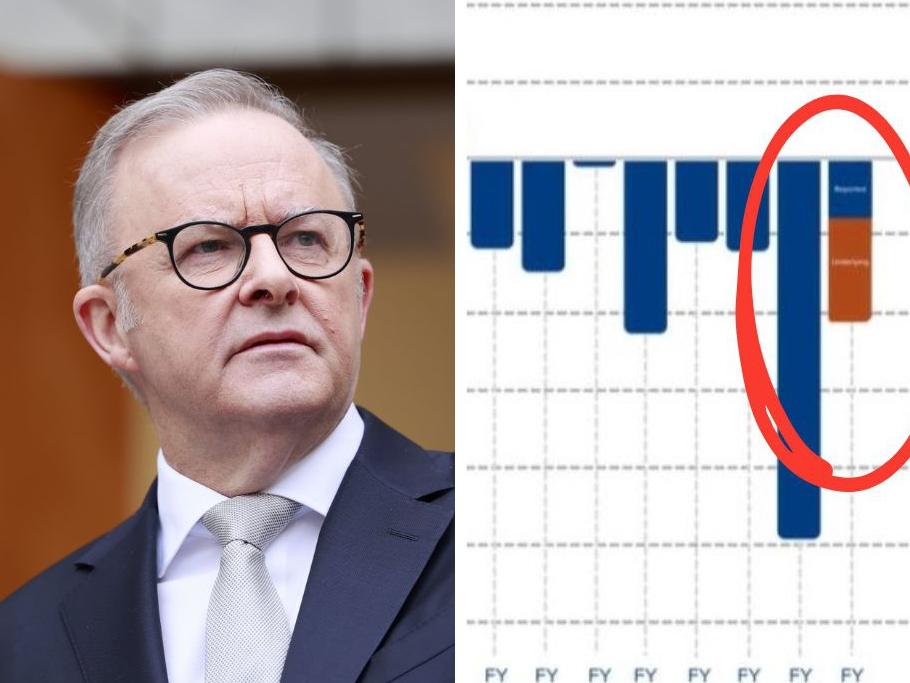
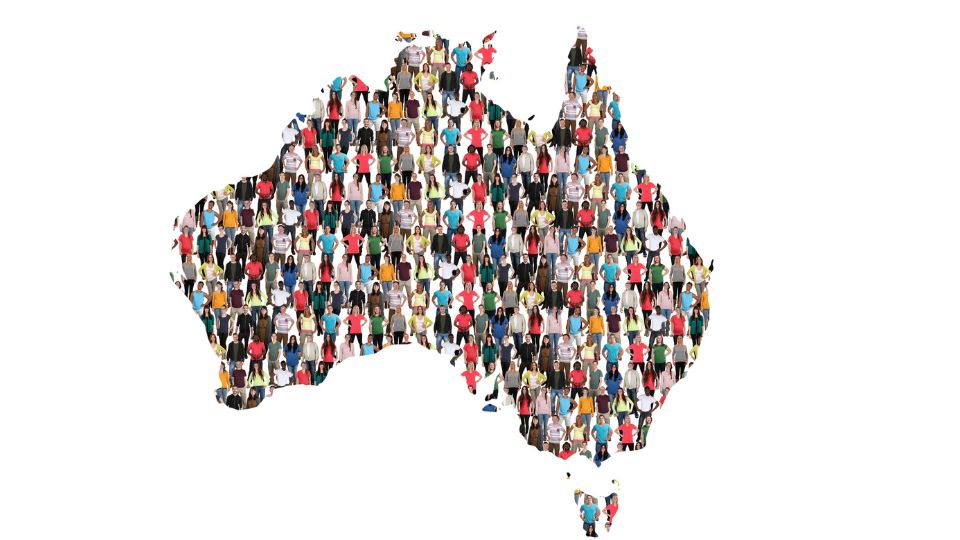
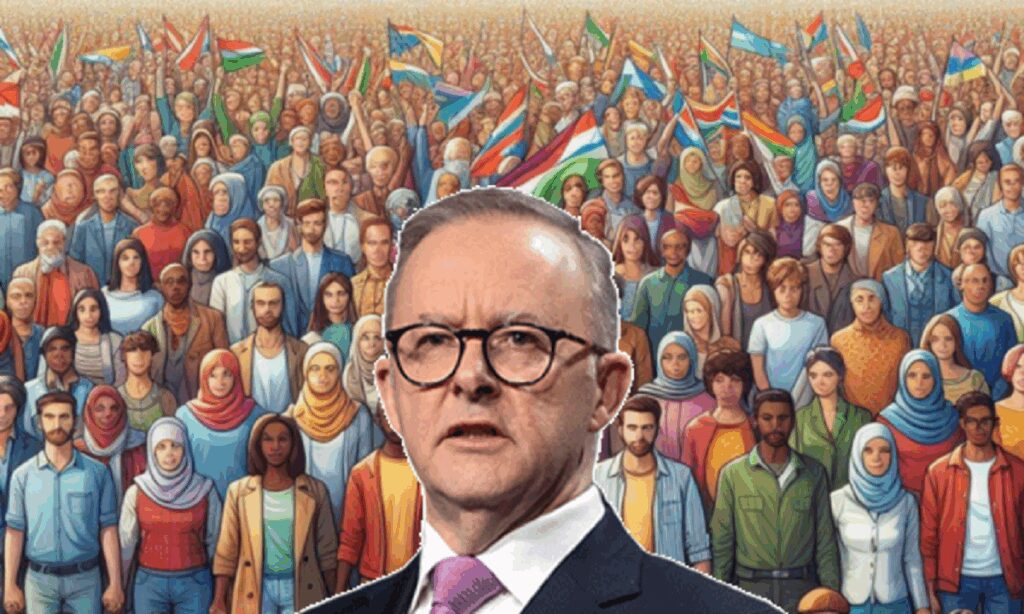
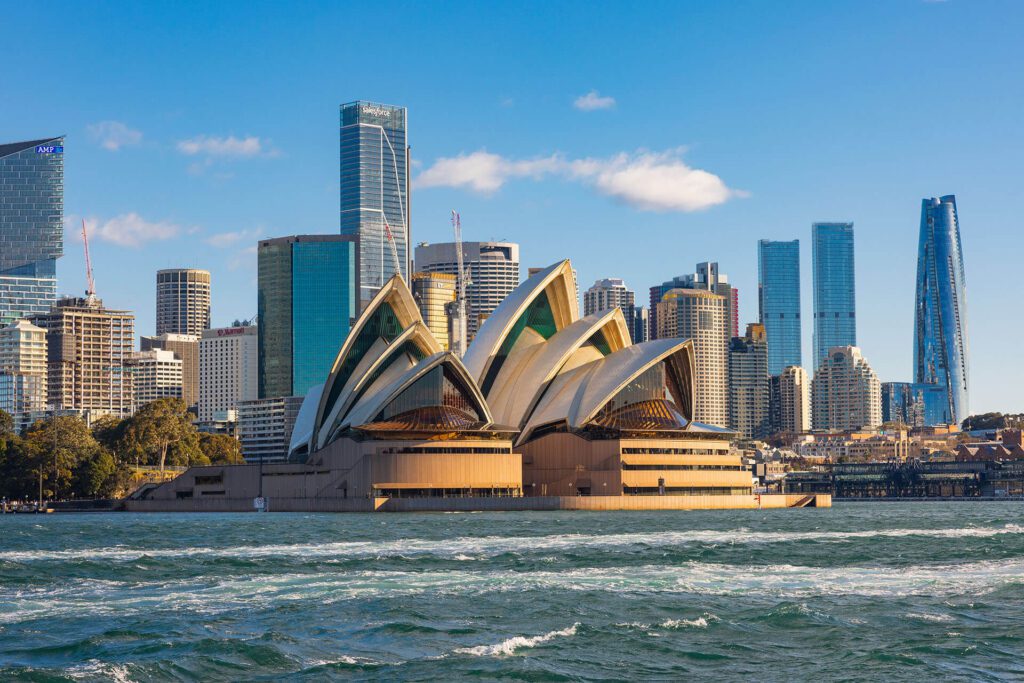
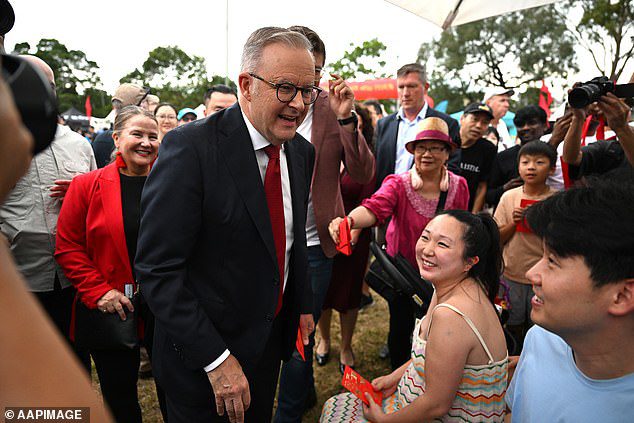
Responses